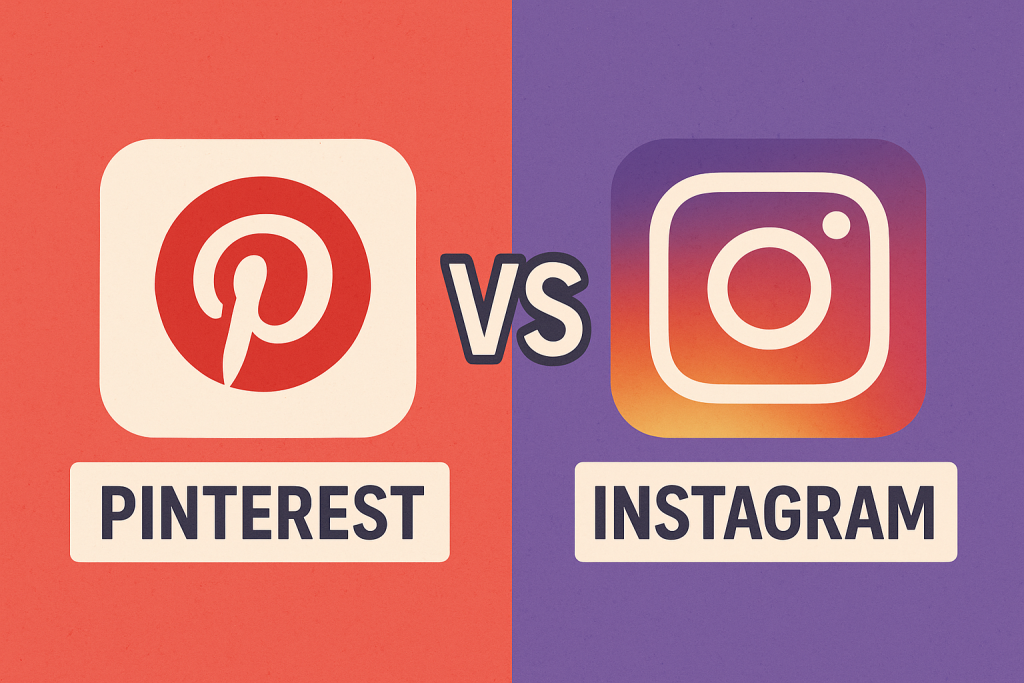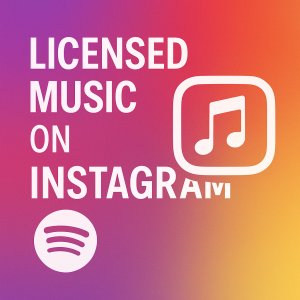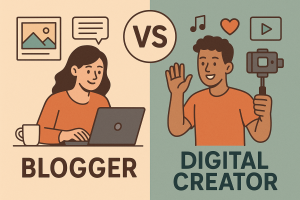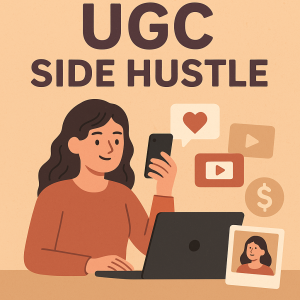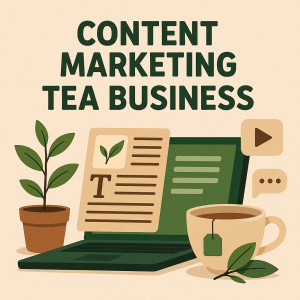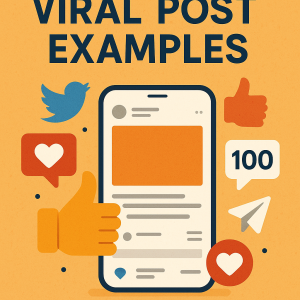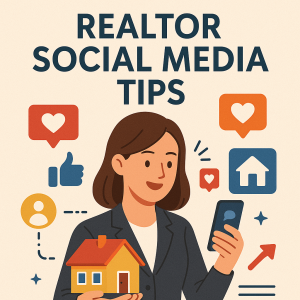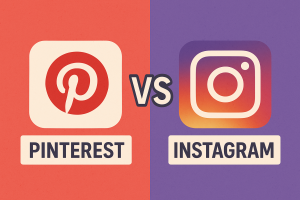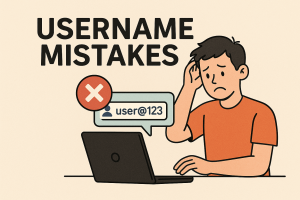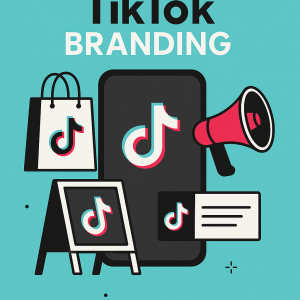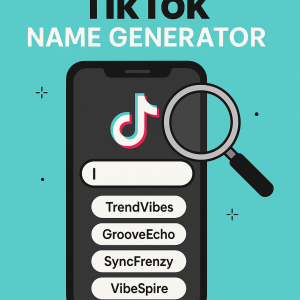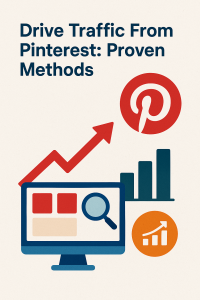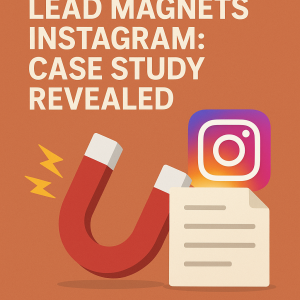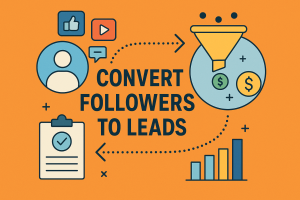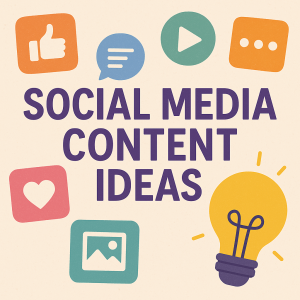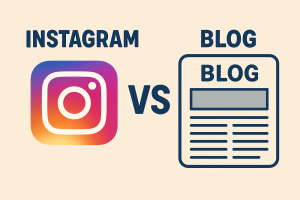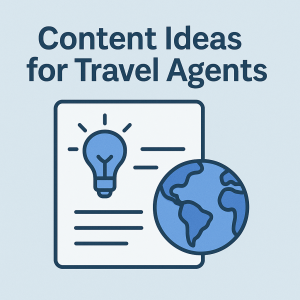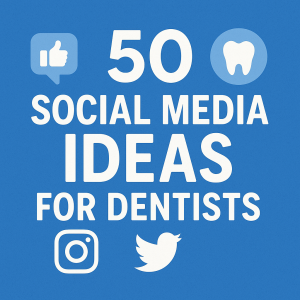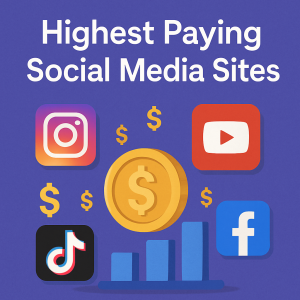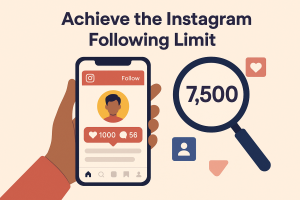Choosing the right platform for your goals can feel overwhelming. Both options thrive on visuals but cater to distinct audiences. Which one aligns better with your 2025 strategy? Let’s break it down.
Visual content drives modern engagement, yet how users interact differs sharply. One platform focuses on discovery and long-term inspiration, while the other prioritizes real-time connections. Understanding these nuances is key to maximizing your reach.
This article compares critical factors like audience behavior, content formats, and advertising tools. We’ll use up-to-date statistics and trend analyses to highlight what works now—and what will matter in 2025. Ready to dive deeper?
Key Takeaways
- Both platforms excel visually but serve unique user intentions.
- Demographic preferences will shape 2025 strategies significantly.
- Advertising flexibility varies based on campaign objectives.
- Content lifespans differ, affecting long-term engagement potential.
- Algorithm updates may redefine best practices in the next year.
Introduction to the Comparison
Marketers face a critical choice between real-time interaction and lasting inspiration. Both platforms thrive on visuals but serve fundamentally different purposes. One acts as a social media hub for spontaneous sharing, while the other fuels discovery through organized idea boards.
Core Functionalities and Visual Appeal
The first network excels with fast-paced updates: stories disappear in 24 hours, reels prioritize trends, and posts spark quick reactions. Its strength lies in creating FOMO-driven engagement. Meanwhile, the second platform operates like a digital scrapbook. Users save ideas for home decor, recipes, or future projects—content that gains value over time.
| Feature | Platform A | Platform B |
|---|---|---|
| Content Focus | Real-time sharing | Evergreen inspiration |
| Engagement Style | Comments & likes | Saves & clicks |
| Content Lifespan | Hours to days | Months to years |
Preparing for 2025’s Shifts
By 2025, marketing strategies must adapt to two trends: ephemeral content fatigue and rising demand for actionable ideas. Brands that master both platforms will balance quick wins with long-term visibility. As one industry expert notes:
“The future belongs to creators who blend immediacy with enduring value.”
Understanding these differences isn’t just helpful—it’s essential. Your content strategy should align with where your audience spends time and how they consume media. Ready to explore what 2025 demands?
Understanding User Demographics
Audience composition drives engagement differences between leading visual networks. While both attract millions daily, their user bases have distinct characteristics that shape content performance. Marketers who grasp these nuances can craft campaigns that resonate deeper.
Instagram’s Younger and Engaged Audience
Over 60% of Instagram’s users are aged 18-34, according to recent platform reports. This group spends 30+ minutes daily browsing stories and reels, creating rapid-fire engagement cycles. Fashion brands and tech startups thrive here by tapping into trend-driven behaviors.
Pinterest’s Predominantly Female User Base
Women make up nearly 60% of Pinterest’s audience, with 45% using the platform to plan purchases. Home decor searches grew 85% last year, reflecting its strength in DIY and lifestyle categories. These users often save ideas for future reference, creating lasting value for brands. To increase results from your pins, consider using professional Pinterest management tools that handle scheduling and analytics.
| Metric | Platform X | Platform Y |
|---|---|---|
| Primary Age Group | 18-24 | 25-44 |
| Gender Split | 52% Male | 72% Female |
| Monthly Active Users | 2 billion | 450 million |
A 2024 Digital Marketing Hub study found:
“Platforms with gender-skewed audiences require tailored content strategies—what works for one group often misses the mark elsewhere.”
These demographic gaps explain why skincare brands flourish on one network while home improvement companies dominate the other. Matching your product to the right platforms ensures every post delivers maximum impact.
Platform Purpose and Functionality
Visual-first social media platforms serve wildly different roles in users’ lives. One thrives on spontaneous connections, while the other acts as a personalized idea vault. Let’s explore how these contrasting missions shape content strategies.
Designed for Real-Time Sharing
The first network prioritizes immediate interaction. Users post vacation snaps, behind-the-scenes clips, and trending memes—content meant to spark quick reactions. Features like disappearing stories and live videos encourage spontaneous engagement. Over 500 million accounts interact with stories daily, proving its strength in capturing time-sensitive moments.
Built for Idea Discovery
The second platform operates like a visual Google. Users pin recipes, wedding decor ideas, or DIY projects to themed boards. Searches for “summer outfit ideas” grew 150% last year, showing its role in long-term planning. Unlike fleeting posts, pins drive traffic for months as users revisit saved content.
| Functionality | Network A | Network B |
|---|---|---|
| Primary Action | Share updates | Save ideas |
| Content Lifespan | 48 hours | 4+ months |
| User Intent | Social validation | Future planning |
A 2024 Social Media Today report states:
“Platforms succeeding in 2025 will either master the now or own the later—there’s no middle ground.”
This divide explains why fashion brands host flash sales on one platform while home renovators share timeless tutorials on the other. Matching your goals to these purposes ensures you’re speaking the right language. Choosing platforms isn’t just about visuals — see how Planable vs Buffer compare for scheduling.
Content Types and Discovery Methods
Content diversity shapes how audiences discover brands across visual media platforms. One thrives on fast-paced creativity, while the other builds lasting value through searchable ideas. Let’s explore how each approach drives unique user behaviors.
Dynamic Formats for Instant Engagement
One media platform offers Stories that vanish in 24 hours, Reels synced to trending audio, and carousel posts for step-by-step tutorials. These formats prioritize quick consumption—users scroll, react, and move on. A 2024 study found video content receives 3x more shares than static posts here.
Curated Collections With Longevity
The other network specializes in pins that function like visual bookmarks. A recipe pin with clear ingredients photos might drive website traffic for 18 months. These pins rank in search results using keywords like “budget meal prep” or “quick DIY gifts,” making them perpetual discovery tools.
Optimized visuals matter on both media platforms, but differently. Bright, action-packed clips work best for fleeting content. For pins, clean layouts with text overlays perform better. One outdoor brand increased website visits by 70% using keyword-rich pins like “camping gear checklist.”
Discovery methods also split sharply. Hashtags and trending pages fuel exploration on one side. The other relies on precise searches—users typing queries like “wedding centerpiece ideas” to find relevant pins. This intent-driven approach turns every saved pin into a potential website conversion months later.
Engagement and Reach Dynamics
Timing shapes success on visual platforms—some thrive on instant reactions, others on gradual discovery. Brands must decide whether to chase fleeting interactions or build lasting traffic streams. Let’s unpack how algorithmic differences create distinct engagement paths.
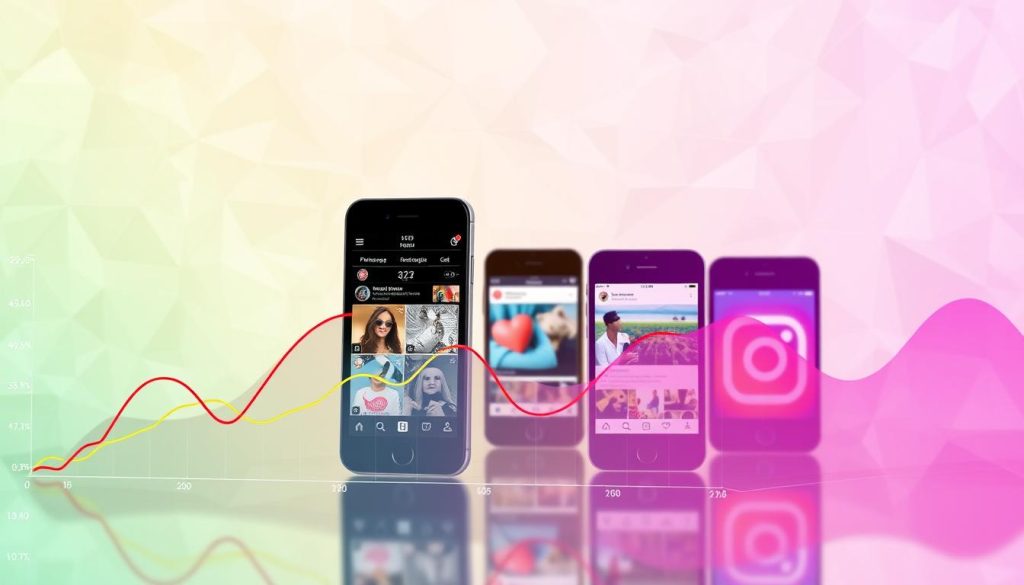
Short-Term Engagement Through Likes and Comments
One platform rewards speed. Posts gain 75% of their total likes within the first 3 hours, per 2024 Social Media Insights data. Trending reels can spike brand visibility overnight but fade quickly. A skincare company reported 10,000+ comments on a viral clip—yet traffic to their site dropped 80% after 48 hours.
Long-Term Value and Discoverability of Pins
The other network plays the long game. Pins drive 40% of search-based clicks even six months after posting. A home decor brand saw steady traffic growth from a single “kitchen remodel ideas” pin, generating 2,000+ monthly visitors for a year. This slow burn builds brand authority through repeated exposure.
| Metric | Platform 1 | Platform 2 |
|---|---|---|
| Peak Engagement Window | First 6 hours | 3+ months |
| Traffic Source | Explore Page | Keyword Searches |
| Algorithm Priority | Share Velocity | Content Relevance |
A digital strategist explains:
“Brands using both platforms see 40% higher customer retention—quick wins feed awareness, while evergreen content nurtures loyalty.”
These differences demand strategic choices. Need immediate sales? Prioritize fast-paced engagement. Building brand recognition? Invest in search-optimized content that compounds over time.
Advertising, E-commerce, and Sales Strategies
E-commerce success hinges on platforms that match how your target audience shops. One thrives on impulse buys during casual scrolling, while the other fuels planned purchases through curated boards. Let’s explore how each converts browsers into buyers.
Shoppable Posts Meet Scrolling Habits
One network lets brands tag products directly in posts. Users tap to view prices or checkout without leaving the app. A 2024 Retail Dive study found these features boost conversion rates by 3x compared to standard ads. Fashion labels often use carousel ads showing outfits styled for different life stages—work, travel, or weekends.
Promoted Pins Drive Planned Purchases
The other platform excels with boards that blend ads with organic inspiration. A promoted pin for “small kitchen storage ideas” might appear alongside user-generated content, feeling less salesy. Home goods brands report 2.5x higher click-through rates here versus traditional banners, as users actively seek solutions.
| Feature | Platform Alpha | Platform Beta |
|---|---|---|
| Ad Integration | In-feed product tags | Search-optimized pins |
| User Intent | Impulse discovery | Intentional research |
| Average ROI | 22% (30-day) | 48% (6-month) |
To maximize results, try this approach:
- Create seasonal inspiration guides on Platform Beta
- Retarget engaged users with Platform Alpha’s dynamic ads
- Analyze which life events drive your target audience
“2025’s winners will merge seamless shopping with authentic inspiration—no hard sells required.”
Both platforms help brands connect with their target audience, but timing and intent dictate which delivers stronger returns.
Influencer Marketing and Community Building
Building meaningful connections online requires platforms that match how people use them. Instagram thrives on real-time interactions, while Pinterest acts more like a visual search engine. Both create opportunities for brands—but through entirely different pathways.
Instagram’s Power in Human Connections
Influencers excel here by sharing relatable moments. A 2024 Influencer Marketing Hub report found 68% of users trust creators who post unfiltered behind-the-scenes stories. Beauty brand GlowLab boosted sales by 40% after partnering with micro-influencers for daily skincare routines. Comments and shares turned followers into tight-knit communities.
Pinterest’s Search-Driven Trust Builder
Unlike traditional social features, Pinterest focuses on visual search intent. Users actively seek solutions—like “eco-friendly wedding ideas”—making it a search engine for inspiration. HomeGoods saw a 90% traffic increase by optimizing content Pinterest users bookmark, like step-byDIY wall art tutorials.
| Strategy | ||
|---|---|---|
| Key Action | Comment & Share | Save & Search |
| Trust Signal | Creator Authenticity | Content Utility |
| Traffic Source | Profile Links | Keyword Searches |
As one marketer notes:
“Pinterest works like a 24/7 storefront—people use it to plan, not just scroll.”
Brands blending both approaches see stronger results.
When planning a viral content calendar, make sure to factor in legal music usage for Instagram Reels.. This combo satisfies immediate curiosity and long-term needs.
pinterest vs instagram: Strategies for Business Growth
Business growth in 2025 demands platform-specific mastery. Tailoring your approach to each network’s strengths unlocks hidden opportunities. Let’s explore actionable tactics to maximize visibility and conversions.
Optimizing Your Content for Each Platform
Focus on video content for real-time platforms. Short, energetic clips with trending audio perform best. Use 8-12 hashtags per post to boost discoverability. One outdoor brand increased engagement by 60% using location-based tags like #CampfireCooking.
For idea-driven platforms, prioritize search optimization. Include keywords like “budget meal prep” in pin titles and descriptions. A kitchenware company saw a 130% traffic spike by adding “quick cleanup way” to their content.
| Platform | Content Tip | Metric to Watch |
|---|---|---|
| Real-Time Network | Post daily stories | Story completion rate |
| Search-First Network | Update pins quarterly | Monthly saves |
Measuring Success with Platform-Specific Metrics
Track different goals for each channel. Viral video views matter less than website clicks from evergreen pins. A 2024 MarketingProfs study found:
“Brands using save rates as a KPI grew 3x faster than those focused solely on likes.”
Repurpose content smartly. Turn Instagram carousel posts into Pinterest infographics. Add detailed captions and alt text for search visibility. This way, one piece serves multiple audiences without duplication.
Consistently analyze what works. Compare hashtags performance weekly and refresh keyword lists monthly. Brands blending these strategies report 40% higher customer retention over six months.
Integrating Platforms for a Unified Marketing Approach
Blending platforms creates marketing synergy—not competition—in 2025’s digital landscape. A unified strategy leverages real-time buzz and lasting inspiration, meeting users wherever they engage. This approach amplifies engagement while streamlining content creation efforts.
Repurposing Content Across Networks
Turn Instagram Reels into Pinterest video pins by adding keyword-rich descriptions. For example, a skincare tutorial with “glowing summer skin routine” captions works for both platforms. A home decor brand boosted engagement by 55% using this method.
- Add text overlays to Reels for Pinterest’s search-friendly format
- Convert carousel posts into step-by-step infographics
- Use Instagram Stories to tease Pinterest board updates
Scheduling and Cross-Promotion Tactics
Tools like Buffer and Tailwind simplify cross-platform posting. These apps maintain consistency while adapting content tones—playful for one network, practical for the other.
| Tool | Best For | Key Feature |
|---|---|---|
| Buffer | Real-time platforms | Hashtag analytics |
| Tailwind | Idea-driven networks | SmartSchedule™ |
One fitness brand increased target audience reach by 120% using coordinated campaigns. They shared workout clips on Instagram, then directed followers to Pinterest for printable plans. As their social manager noted:
“Unified messaging across platforms turns casual scrollers into loyal customers.”
Track metrics like cross-platform click-through rates to refine your strategy. This data-driven approach ensures every piece of content works double duty.
Conclusion
Visual platforms are no longer optional for modern businesses—they’re essential growth engines. The first platform shines with real-time connections, where 60% of users under 34 engage daily. The second network excels in lasting inspiration, with 45% of its audience actively planning purchases.
Your choice depends on goals. Need quick product launches? Prioritize shoppable posts and trending hashtags. Building long-term authority? Focus on evergreen content that drives search traffic for months. Both approaches work when aligned with your audience’s habits.
Integrating platforms maximizes results. Use quick videos to spark interest, then guide people to detailed guides through email or your content feed. Tools like Buffer and Tailwind simplify cross-posting while maintaining platform-specific tones.
Remember: successful strategies balance immediacy with endurance. Test which features—like disappearing stories or idea boards—resonate with your business objectives. Track metrics like save rates and click-throughs to refine your approach.
Ready to act? Start by auditing your current strategy. Could fresh products benefit from visual search? Do your people-focused campaigns need more authenticity? Apply these insights today, and watch your digital presence thrive tomorrow.

